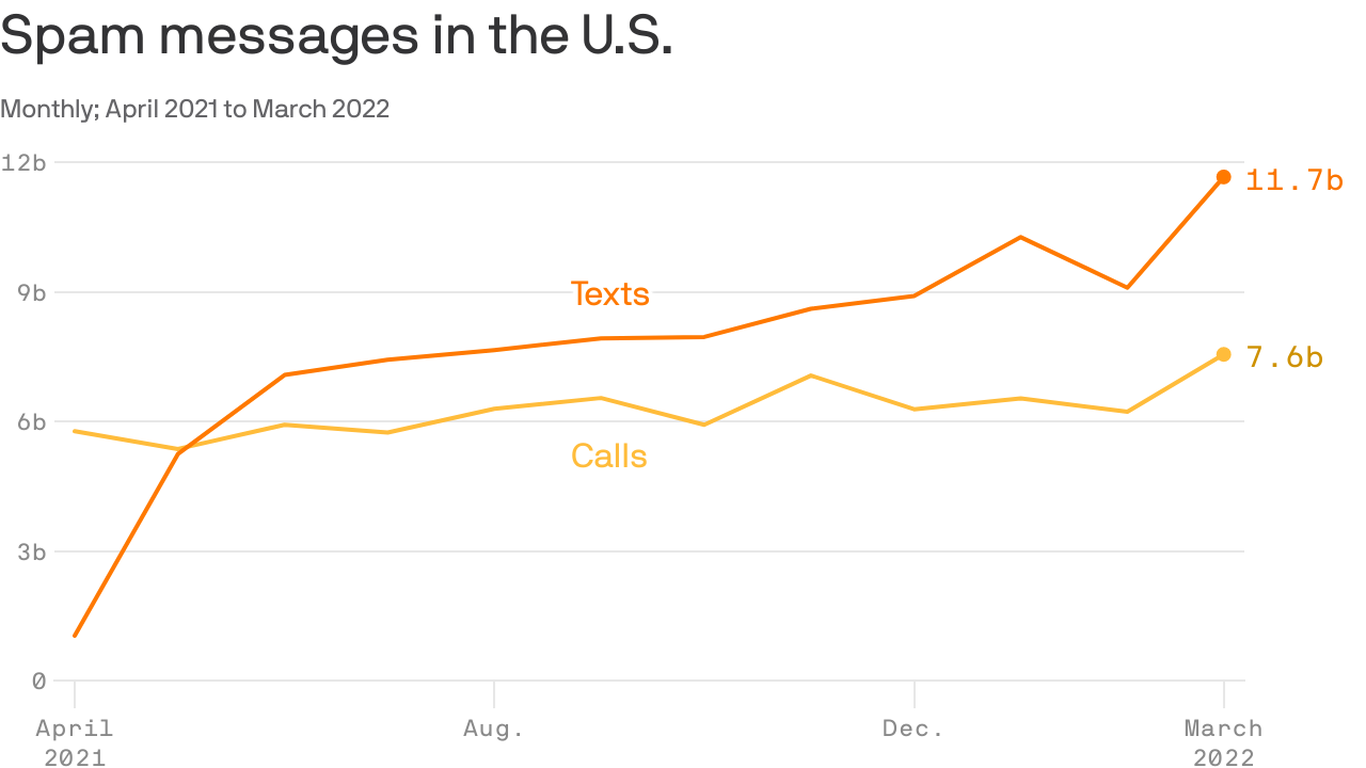engine ear
Member
Individual ground source heat pumps are interesting, and dandelion energy is an example of a company working to bring
the costs down. However, a networked approach to ground source heat pumps is maybe more interesting.
Some advantages:
1) customers with waste heat (grocery store refrigeration, data centers, industrial customers) can add heat while other customers consume heat, making network more efficient
2) provides a business model for a gas company to transition to, becoming a thermal utility instead of a just a gas utility
3) works on many different scales, so can start start with a city block
4) bore holes can be drilled on utility right of way
5) viable path for apartment dwellers since an apartment owner is unlikely to perform major capital costs of drilling their own bore holes
In some places they are using the term 5th generation district heating, or ambient temperature district heating, because roughly ambient
temperature water is circulated through a network and customers use a heat pump on premises to provide heating and/or cooling.
the costs down. However, a networked approach to ground source heat pumps is maybe more interesting.
Some advantages:
1) customers with waste heat (grocery store refrigeration, data centers, industrial customers) can add heat while other customers consume heat, making network more efficient
2) provides a business model for a gas company to transition to, becoming a thermal utility instead of a just a gas utility
3) works on many different scales, so can start start with a city block
4) bore holes can be drilled on utility right of way
5) viable path for apartment dwellers since an apartment owner is unlikely to perform major capital costs of drilling their own bore holes
In some places they are using the term 5th generation district heating, or ambient temperature district heating, because roughly ambient
temperature water is circulated through a network and customers use a heat pump on premises to provide heating and/or cooling.



